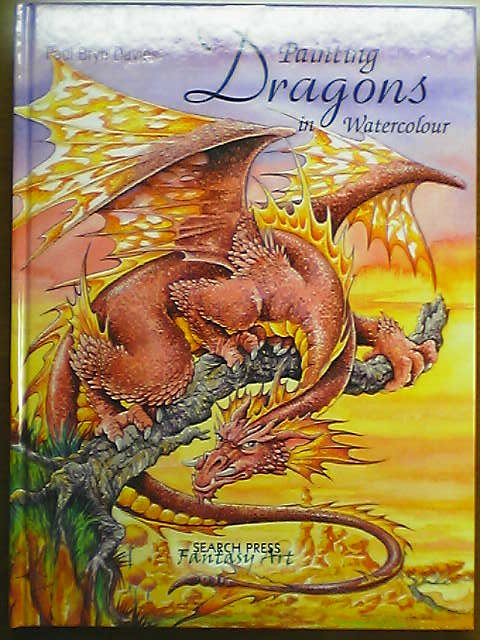


“This world has men, women, and eunuchs.” I’d be reading an old European travel narrative in which a Persian eunuch guard peered around a harem wall like an all-seeing owl. At first, it was an insight I couldn’t quite grasp nor communicate. That’s what I felt when I encountered eunuchs in literature. The appearance of the owl already conveys a large part of what we need to know. We may as well back up a step and observe that the magic owl is the message. The paper, as an object, embeds that truth because it’s delivered by a magic owl.

After all, we can guess what the newspaper or letter is going to tell us: Magic exists in this world.

That’s a valid answer but not the only possible one. In these scenes, where is the message? For a long time, I would have pointed to the printed material delivered by the owl-the newspaper or the letter-and said it’s important to read and analyze the message. A whole fleet of owls brings innumerable copies of this letter to the boy Harry until he finally opens and reads one of them. In the film adaptation, the owl post is further dramatized through its delivery of invitation letters for the wizarding school. In the first Harry Potter novel, The Philosopher’s Stone, an owl delivers a wizarding newspaper called the Daily Prophet. We know when a character cracks their own code. In other words, I sensed that the existence of eunuchs was the answer to something I wanted to know, which is why I kept chasing them down wherever they occurred in literature, but I also persisted in analyzing exactly how they were described, and this activity sometimes obscured the answer and drew me farther away from the larger truth I sought. The eunuch is the code, this I intuited, but I didn’t know how this could be or what it meant.” My awareness of eunuchs was the beginning of an answer as well as a question. In my introduction to my book, Painting Dragons: What Storytellers Need to Know About Writing Eunuch Villains, I explained that my early recognition that I wanted to focus on eunuchs was itself a partial insight. Most characters deliver messages through their words and actions, but some characters deliver messages through their very being.įor years, I was curious about how castrated men were described in literature and how these representations indicated what gender meant to these individuals themselves, to their societies, and to those who wrote and read about them. Literary Lagniappe, on Creativity, on Publishing, on Writing


 0 kommentar(er)
0 kommentar(er)
